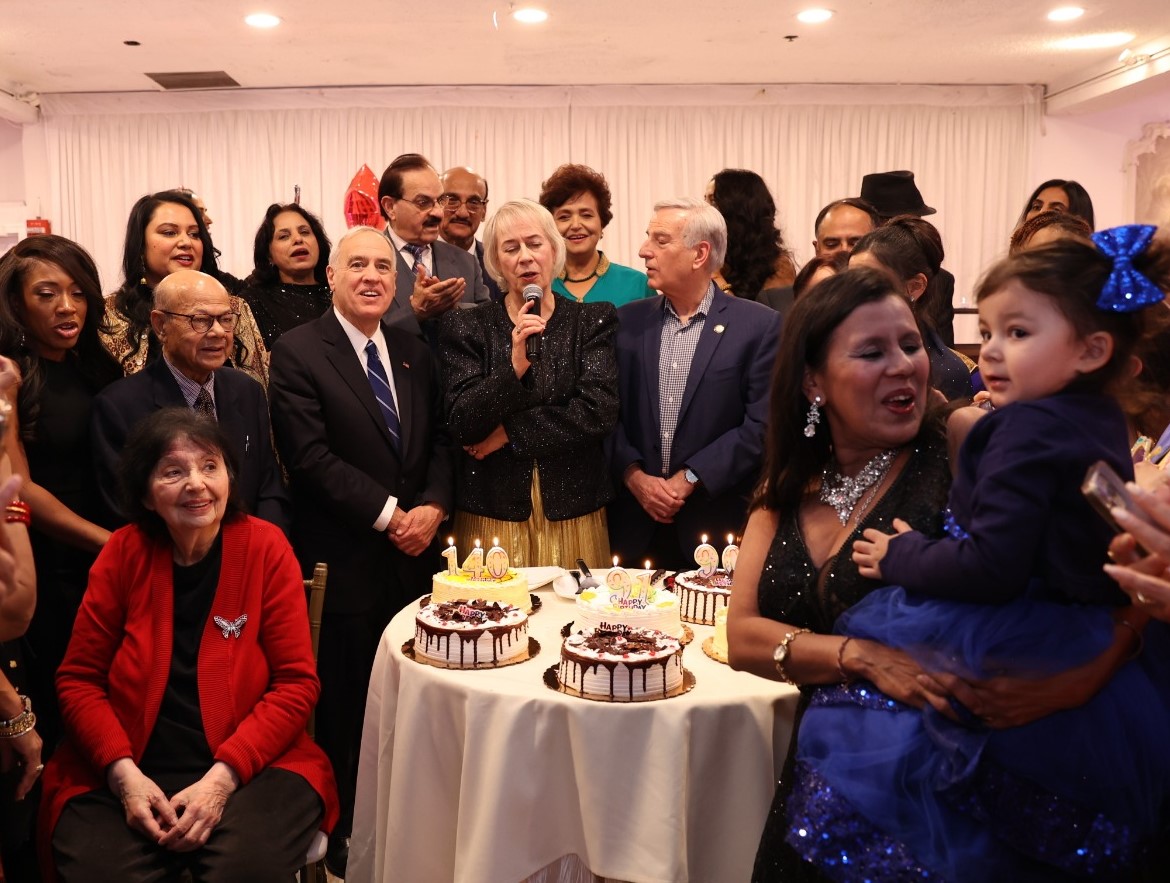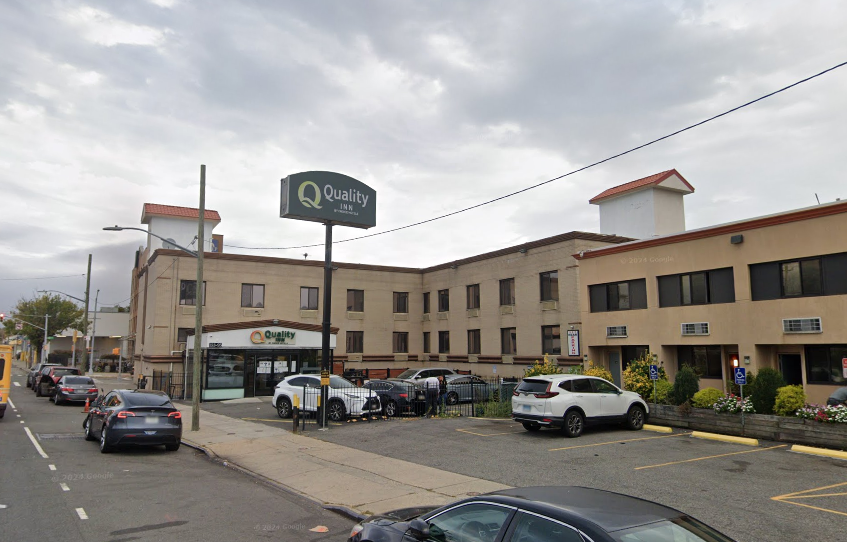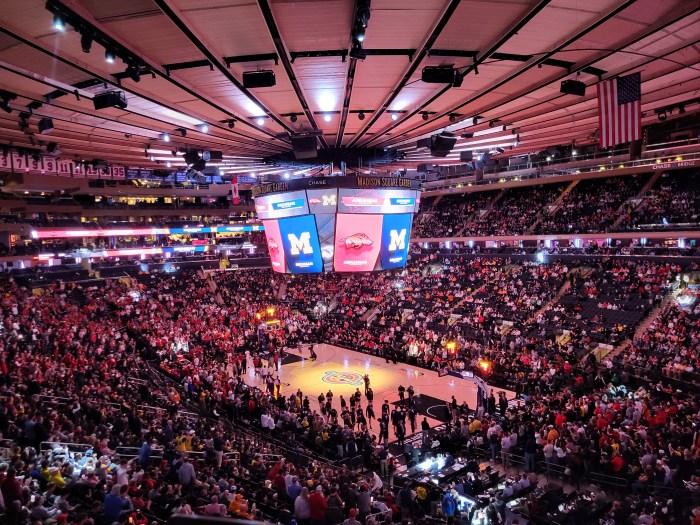Manhattan’s exquisite French restaurants took the highest ratings in this year’s Zagat survey, but the new list is filled with diverse spots throughout the city.
Le Bernardin, in the Theater District, and Bouley, in TriBeCa, took first and second place, respectively, for the second straight year for the 2016 guide, which will go online Tuesday and hits stores on Oct. 20.
They were followed by Daniel on the Upper East Side and Jean-Georges on Central Park West. Gotham Bar & Grill, in the West Village, rounds out the top five.
Tim Zagat, the CEO of the guide, said French restaurants have always dominated in the list’s 46-year history, but the data from the 34,178 reviewers shows New Yorkers have a diverse palate.
“There are 90 types of food listed in the guide. That is something you won’t find in many other places,” he said.
Only 10% of the new Zagat restaurants are French, with the most (35%) American eateries.
About 119 restaurants of the 2,237 listings are newcomers to the ranking, such as Tacuba in Astoria; Oiji in the East Village; and Grand Army and Faro, both in Brooklyn.
“I’m assuming that it’s going to have a positive effect on the business, I can’t see how it wouldn’t be,” said Kevin Adey, Faro’s owner. “I’m super excited about it.”
For the survey, reviewers rate restaurants’ food, decor and service on a scale from one to three and those scores are averaged into Zagat’s 30-point rating. It also collects anecdotes and other information from the reviewers, and those answers say a lot about New Yorker’s dining habits and the restaurant scene, said Zagat.
According to the survey, city foodies eat out an average of 5.6 days a week (combined for breakfast, lunch and dinner) compared to the rest of the U.S., which dines out an average of 5.3 days.
New York lagged behind the national average when it came to eating out for breakfast, only going out an average of 0.7 days a week.
Zagat said casual dining is on the rise with New Yorkers, as are prix fixe menus. The latter, which he said was popularized by “restaurant week” promotions, represents a win-win for both eatery owners and customers.
“The restaurant owners do it because it’s simpler and the diner likes it because they know what they’re getting into when they get into the door,” he said.
Zagat said the city’s diverse options will continue to grow throughout the year, especially with the rise in food halls and new restaurant scenes popping up in places like the Financial District.
“The industry is hotter than ever,” he said. “People from all over the world come to eat in our restaurants and it does influence how other [cities] operate to a degree.”


































